How to Create Elementary Music Composition Templates – Structure for Success
Elementary music composition can be frustrating. Digital, printable, or manipulative-style templates provide structure, success, and fun.
Some of the links on our site are affiliate links. If you click on a link and make a purchase, we may earn a small commission.
Music composition in the elementary grades can be difficult for teachers to teach and cause frustration for many students. When you use templates, beginning musicians are much more successful. And, there are many different ways to design composition templates for the elementary music classroom.
Templates may be digital activities, printable paper activities, or they may be designed for use with manipulatives. Below are several different factors you will want to consider when you design composition templates for your elementary music lesson plans.
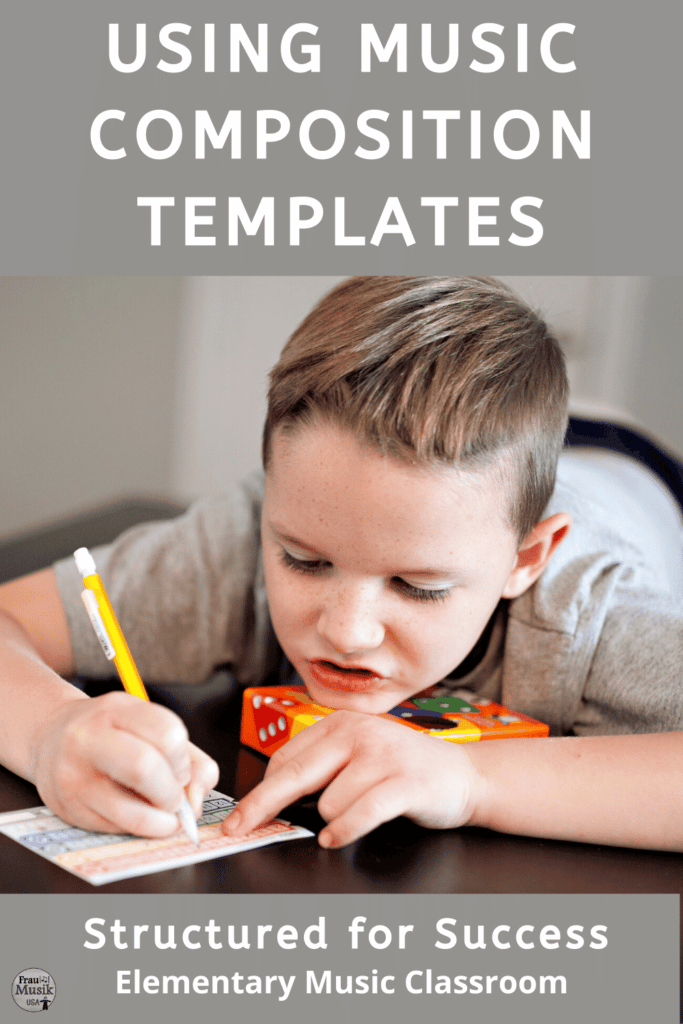
What’s in this post? Click to open the Table of Contents
How to Design Your Own Composition Templates
Follow the steps below to create fun, unique composition templates for your elementary music classroom.
Choose a Theme
There are an infinite number of ways you can design music composition templates for elementary students. What themes would resonate with your students – pets, farm animals, exotic animals, weather, seasons, habitats, holidays, sports, musical instruments?
Use a favorite book as a theme. Brainstorm a list of ideas and choose what resonates with your students. You could even use your school mascot or other special themes unique to your school.
Choose a Format
Will your composition templates be DIGITAL or PRINTABLE? The most common types of templates are below.
- Drag-and-drop digital templates
- Cut-and-paste paper templates
- Fill-in-the-blank printable templates
Or, may use other types of 3-D manipulatives, such as rhythm blocks or popsicle stick notation?
Structure for Success
Whatever theme and format you choose for your music composition templates, ensure they follow these basic music notation rules.
- Convey a sense of beat. Create a “container” for notes and rests.
- Convey a sense of meter. Group the “containers” on your templates to mimic the meter.
- Create templates for different meters to help students internalize the concept of various meters.
- Consider iconic notation for early elementary students who are not yet reading standard music notation.
- Size matters. Match the size of the music symbols to the containers on your templates. Correlate the value of each note/rest to your templates to ensure student success.
- Provide a certain amount of predetermined structure. Limit the number of elements you include in each composition. This prevents students from creating an entire composition of one music element (such as rests).
- Add lyrics. This can be tricky. If students add lyrics to their compositions, your lesson should guide students through matching lyrics to rhythms. Depending on the level of your students, you may want to provide preselected lyrics with multi-syllable words already hyphenated.
See below for examples of easy-to-use composition templates.
Printable Music Composition Templates as Manipulatives
Download this FREE Printable Cut, Color, Compose Primer. Then, take a look at the more advanced sets below.
Printable, worksheet-style activities do NOT mean boring, far from it! And, the building block format ensures success and increases engagement.
10 Leveled Rhythm Sets Provide Differentiation for Multiple Grades
The composition blocks above include four different templates with ten leveled sets of rhythms making differentiation of activities easy. Various graduated sets are perfect for grades K-5.
Versatile Templates for a Variety of Compositions
Printable composition templates are versatile. They may be used for various types of compositions.
- Basic Rhythm Compositions
- Melodic Compositions
- Compositions with a Focus on Phrase Form
- Add Lyrics to Create Songs or Chants
- Extended Compositions
If you have Lego-style rhythm blocks, consider creating templates to match the size of your blocks. Our templates have been sized to match the larger Duplo-style blocks. This creates a whole new activity for use in centers or stations.
Farm Animal Composition for Early Elementary Students
Composition templates may be created with any theme. An animal theme is perfect for young children. More theme ideas might include transportation, ocean, foods, space, school, fairy tales, a favorite storybook, etc. The possibilities are endless.
Remember if you create printable cut-and-paste music symbols and/or lyrics, size your elements so only one element fits in each “beat box.”
Take a peek at our farm animals templates below. We created two sets, one with iconic and one with standard notation.
Start Youngest Learners with Iconic Notation
Students who are not yet reading standard music notation may use icons to create compositions. Then, when your students are ready, you can complete the same activity with standard notation.
This reinforces the concepts for students who may not have “cemented” their learning the first time. All students benefit from repeating the activity in a different manner.
The resources below include both printable and digital versions. Both provide the same structured success.
Animal Compositions – Iconic Notation
Animal Compositions – Standard Notation
Spiral Learning – Repeat Activities to Cement Learning
When you spiral around again with another separate composition, you give students additional opportunities to cement their learning and express their creativity. And, you catch any students who may have been absent and missed an activity.
Step it Up – Composition Templates with Written Responses
Once students are comfortable with manipulative-style activities, increase the degree of difficulty. Print another copy of the same template but have students create their compositions with written responses instead of cut-and-paste manipulatives.
Display the template and musical elements students may use on the whiteboard as students write in their responses to create a new composition. When your students are ready, add new themes or lyrics.
Note: Depending on the level of your students, your lesson plans will be much more successful if you begin manipulatives (either printable or digital). After adequate practice, you can check for comprehension with the written response format.
Create Sequential Activities Which Build Upon One Another
Repetition is important for long-lasting learning. If you only complete one composition one day of the year, this doesn’t give students enough experience with music creation. Structure your lesson plans so you include activities that build upon one another.
These drag-and-drop composition blocks each include 4 levels of sequential activities and each level has 4 separate compositions. The leveled sets may be used for various grade levels or for differentiation within classes.
Available in Google Slides or PowerPoint Versions
These NO-PREP digital composition activities are available as an easy-to-use Google Slides BUNDLE for schools with Google platforms and as a PowerPoint BUNDLE for Microsoft Schools.
See Music Composition Templates in Action
If a picture is worth a thousand words, a video is worth a million. Take a peek at the video clip below to see Set 4 in action.

Take the Frustration Out of Music Composition
Music composition can be difficult even for adults. Templates make composition projects much more successful and fun for elementary music students. Whether you choose to use digital templates or printable manipulatives, your composition activities will be more enjoyable for students and teachers alike.
Happy Composing!
Don’t Have Time to Create Your Own Templates?
Take a minute to scroll back and take a closer look at the template included in this post.
Meet the Author
Terri Lloyd is a former elementary music teacher with over 25 years of experience. She holds a Bachelor of Music, a Master of Science in Education, and a Technology Certificate in Instructional Design.
She is currently active in music education through blogging, workshops, and curriculum development. She serves on the music staff at her church and volunteers for an after-school children’s program. Terri is an active musician in the community, performing in a local Big Band, pit orchestras, and various events.
More on Developing Music Literacy in the Elementary Grades
- Teaching Improvisation in the Elementary Music Classroom
- How to Integrate Music Reading into Every Lesson
- Fun Sequential Lessons which Build on Prior Learning
- Assessment in Elementary Music Take it Home Sheet Music Pages
- How to Create Rhythm Blocks – Elementary Music Manipulatives
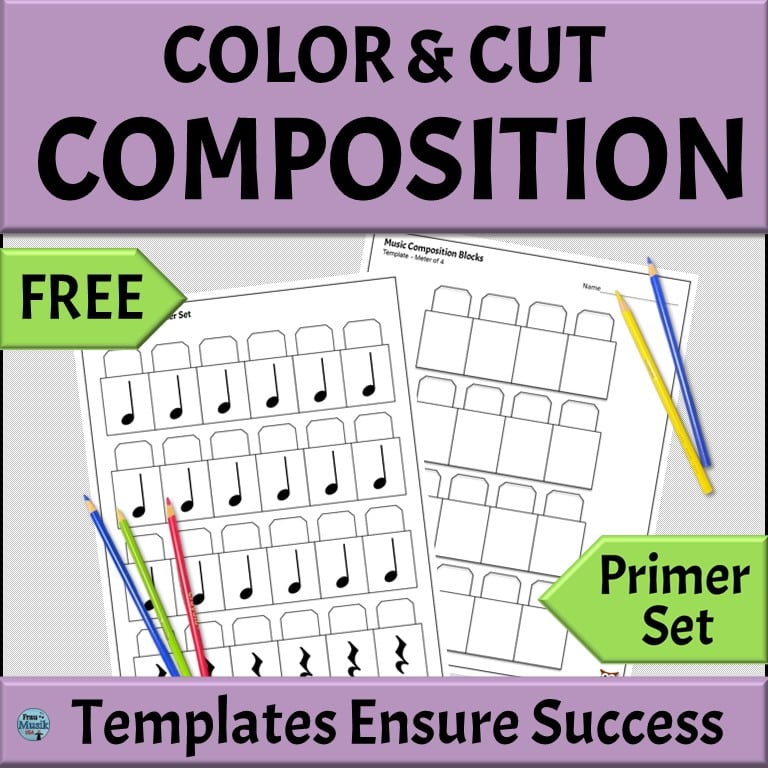
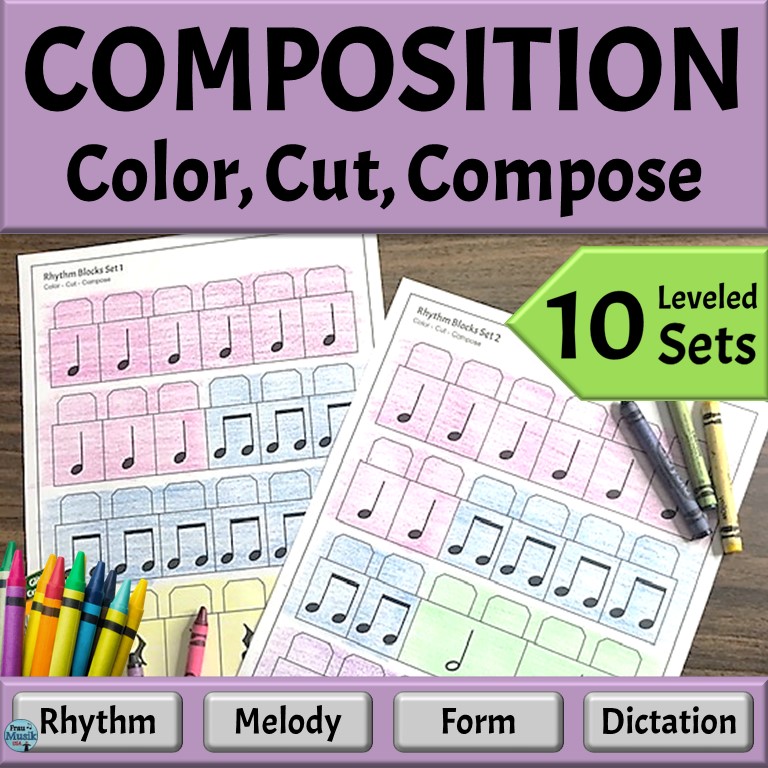

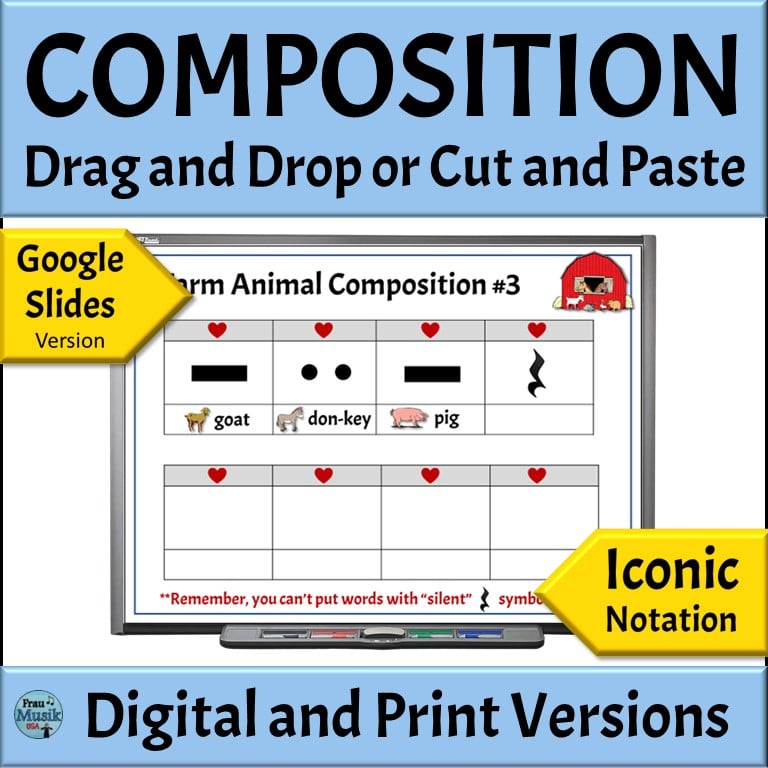
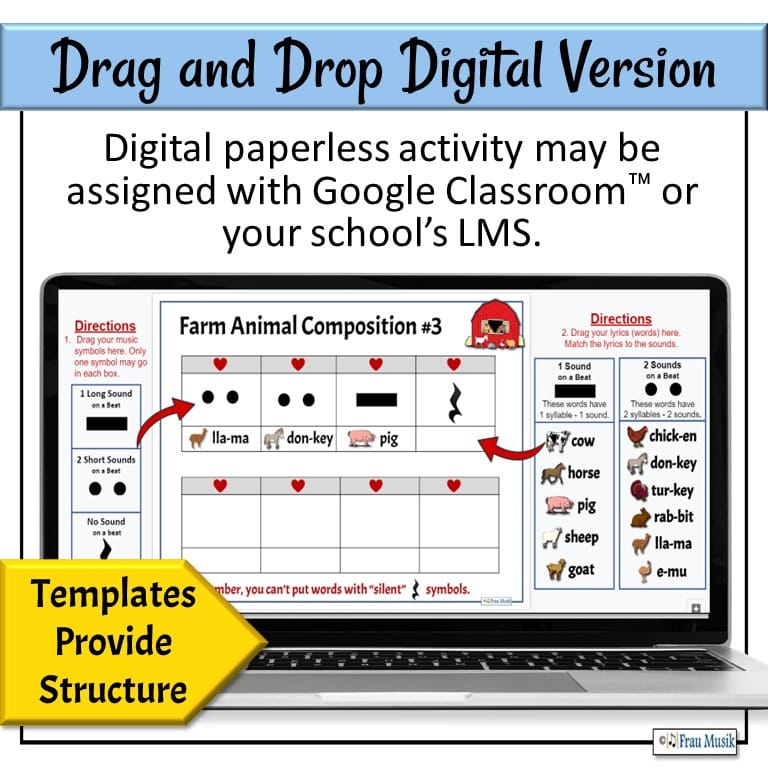

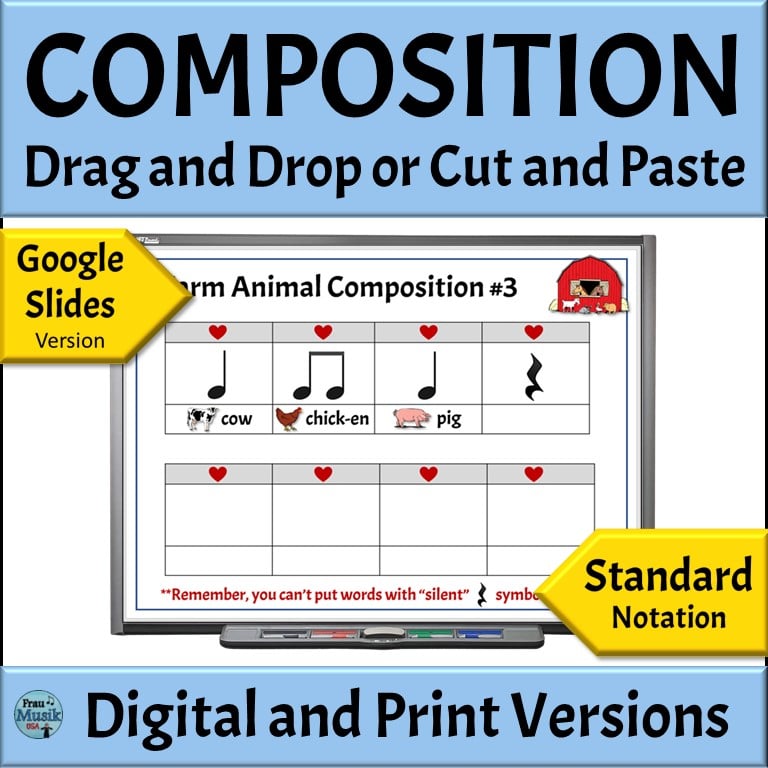
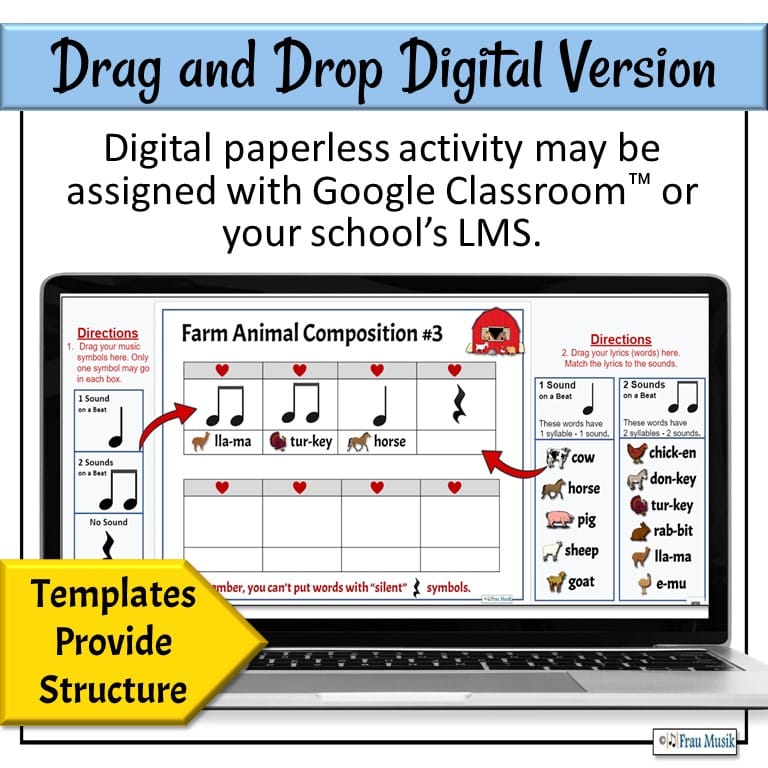

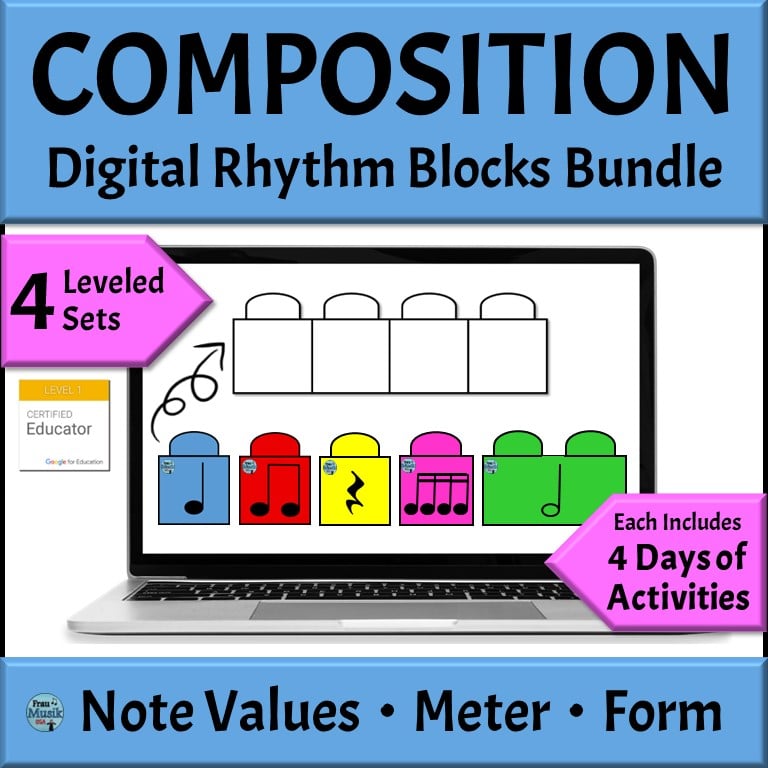
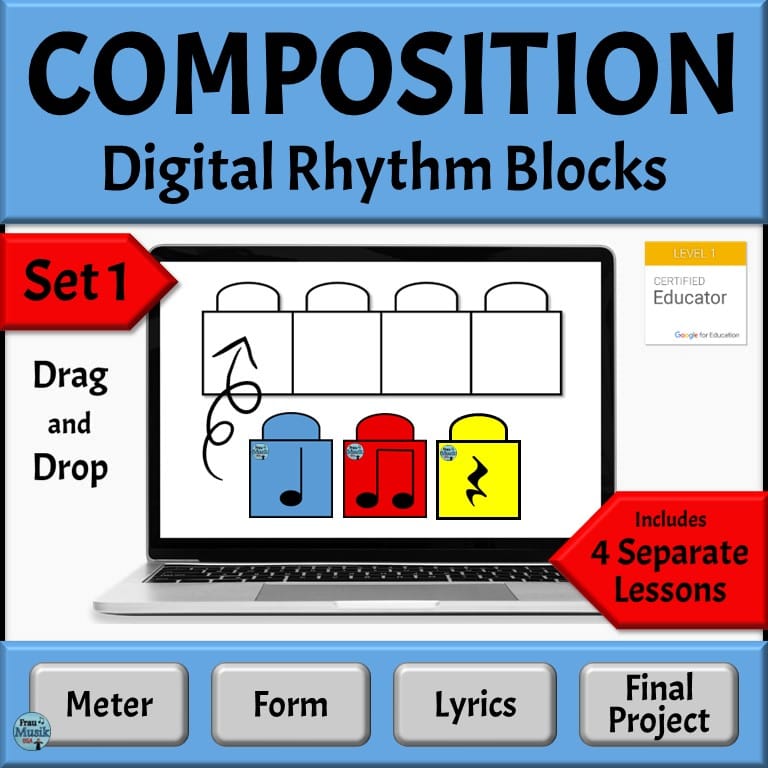
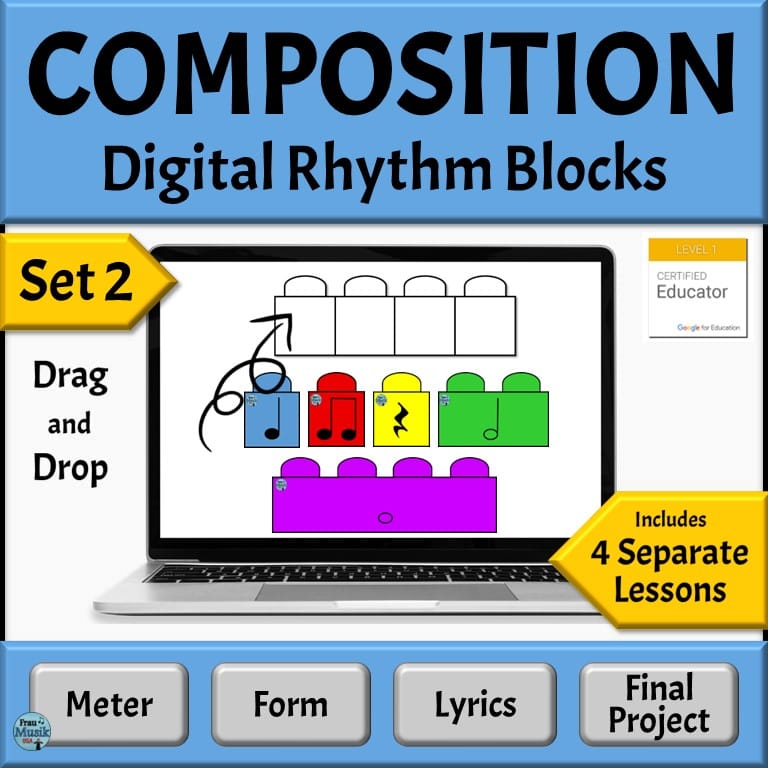
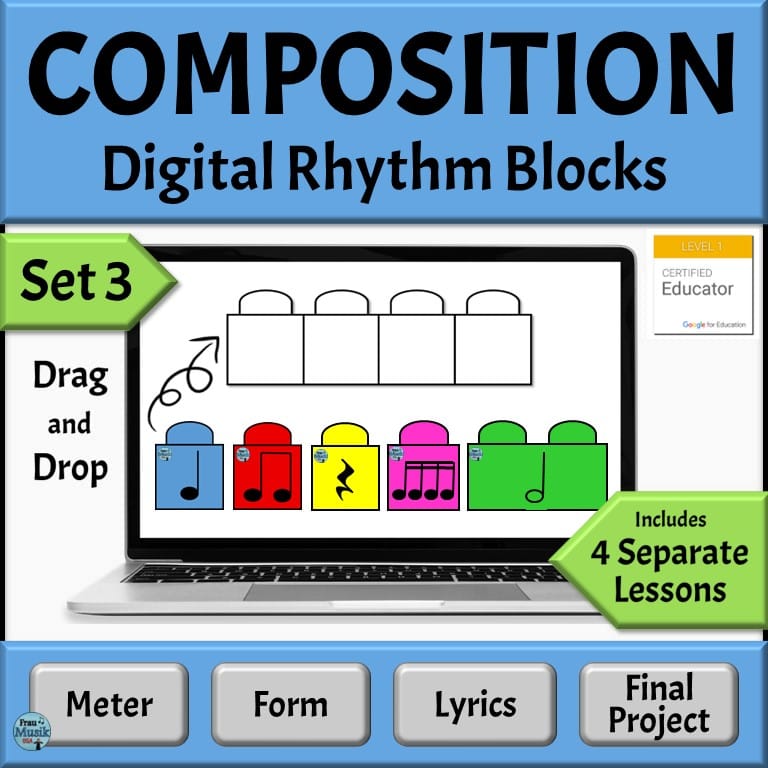
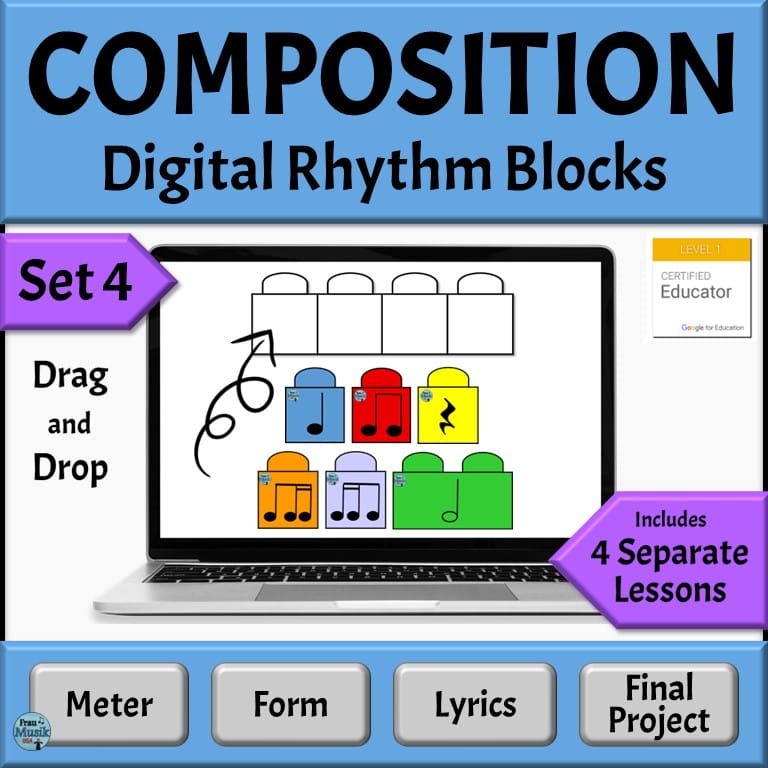
2 Comments
Comments are closed.